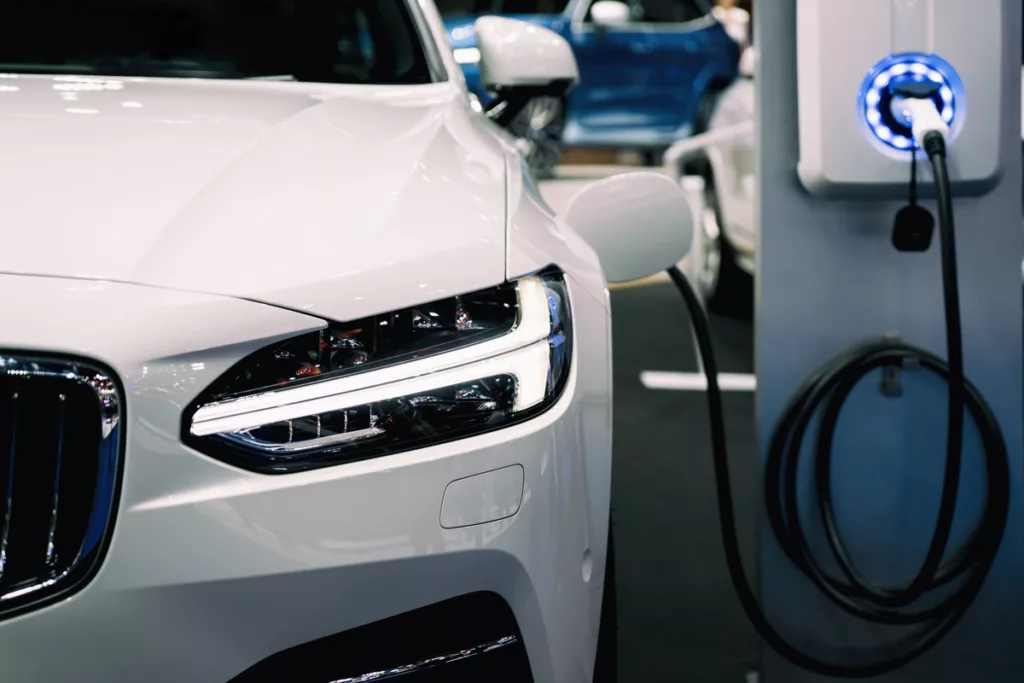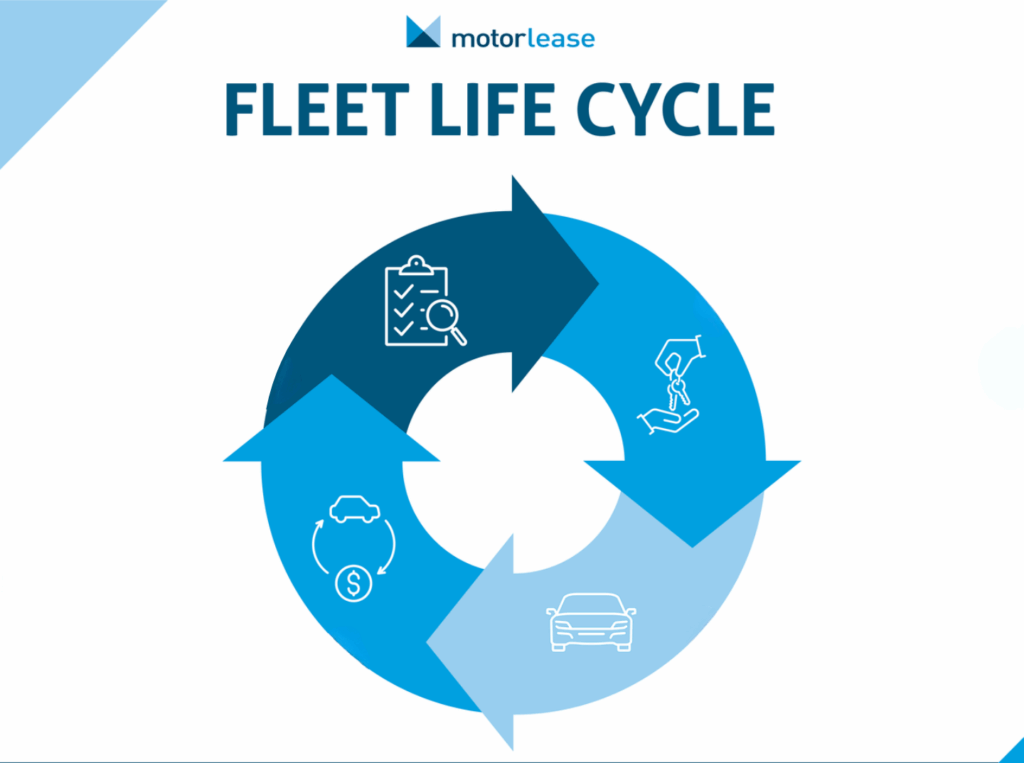With the rapid advancement of automotive technology, increased attention has been given to fully electric vehicles (EVs). Concurrently, as companies become increasingly conscious of their environmental impact, they are considering adding more eco-friendly vehicles to their fleets. While the interest in EVs continues to grow, fleets are seeking alternative options to shrink their carbon footprint. Plug-in hybrid electric vehicles (PHEVs) can be a happy medium for those not ready or able to go fully electric. In this article, we will evaluate the advantages and drawbacks of both options to help you determine the best possible solution for your fleet.
In This Article
Environmental Impact
Fuel Efficiency and Range
Infrastructure and Charging
Total Cost of Ownership (TCO)
Environmental Impact
One of the primary reasons a fleet turns to alternative fuel vehicles is to reduce their carbon footprint. While both EVs and PHEVs are superior to their traditional internal combustion engine (ICE) counterparts, the extent differs based on how they operate. Fully electric vehicles produce zero tailpipe emissions, which naturally reduces greenhouse gas emissions and air pollution. EVs rely solely on electric power stored in their batteries, thereby minimizing their carbon footprint and reliance on fossil fuels. However, there are concerns regarding the batteries’ end life and how they will be disposed of. In fact, battery recycling plants are now being constructed to help tackle this challenge.
PHEVs combine an internal combustion engine with an electric motor and battery. While they offer the ability to run on electric power for shorter distances, they still rely on gasoline for longer trips. Consequently, PHEVs have a smaller environmental impact compared to traditional vehicles but do not provide the same level of emission reduction as fully electric vehicles. Operating solely on the vehicle’s electric motor may be possible for fleets with drivers that travel shorter distances. However, most fleets utilizing PHEVs will utilize both the engine and the battery to perform their daily operations. Ultimately, both vehicle types are markedly more eco-friendly than internal combustion vehicles.
Fuel Efficiency and Range
One of the most prominent objections to EVs is tied to “range anxiety,” which is a valid concern for many fleets. Unlike traditional ICE vehicles or even PHEVs, there isn’t always a fueling or charging station nearby when you run out of power or gas. Despite ongoing advancements in battery technology, which have brought EVs closer to matching the range of ICE vehicles, driving range remains a significant concern. This consideration is especially true for fleet vehicles that tow, carry heavy cargo, or operate in colder climates, as these factors can negatively impact an EV’s range.
Since PHEVs still contain a combustion engine, they have the benefit of eliminating range anxiety. With these vehicles, when the battery is exhausted, the engine transitions and operates as a traditional ICE vehicle, utilizing its gas reserves until the battery can be recharged. Many fleets view this as the best of both worlds. It allows PHEVs to travel longer distances without the need for frequent recharging while at the same time still utilizing electricity when available, reducing fossil fuel consumption.
Infrastructure and Charging
While the charging infrastructure for EVs has expanded in recent years, significant work remains to be done to make fully electric vehicle use seamless and convenient. Companies need to consider the availability and accessibility of charging stations, especially for larger fleets. There are complexities and costs associated with deploying EVs at a depot location or in drivers’ homes. Depending on the deployment size, infrastructure costs can become relatively expensive. However, as every fleet is unique, so is every infrastructure project. If your fleet is considering the switch to fully electric, be sure to investigate the costs associated with the infrastructure required to charge these vehicles.
PHEVs offer the advantage of flexibility in terms of charging. Since their batteries are generally much smaller than in full EVs, they can typically be charged at regular outlets or standard charging stations. However, they are not solely reliant on these options. With the presence of a gasoline engine, PHEVs can continue operating even without a charging infrastructure. This dual-engine system provides fleets with added flexibility and potential cost savings.
Total Cost of Ownership (TCO)
EVs have lower operating costs due to the significant price difference in electricity to that of fossil fuels. These vehicles also have fewer moving parts, which results in reduced maintenance and repair costs. However, while prices continue to decrease, the initial purchase cost of EVs can be higher than that of PHEVs, as price parity has yet to be reached between the two vehicle types.
Compared to EVs, PHEVs may have higher operating costs due to the need for electricity and gasoline and the presence of an internal combustion engine that requires preventative maintenance and repairs. However, the lower initial purchase price compared to EVs can balance out those costs.
Choosing between EVs and PHEVs for a fleet depends on several factors. Areas of consideration for many organizations include environmental priorities, driving range requirements, charging infrastructure, and total cost of ownership considerations. While EVs offer zero emissions and potentially lower operating costs, PHEVs provide longer driving ranges and more flexible charging options. Companies should carefully evaluate their specific needs and objectives to make a decision that aligns with their goals, requirements, and budget. Ultimately, the transition to electrified fleets, whether through fully electric vehicles or plug-in hybrid electric vehicles, represents a significant step towards reducing carbon emissions and creating a more sustainable transportation ecosystem. If your fleet needs support in deciding between vehicle types, contact us today, our experts will help you make an informed and strategic decision.
For the latest news and insights impacting the automotive and fleet industries, and for more helpful content like this, be sure to subscribe to our newsletter and follow us on LinkedIn!












